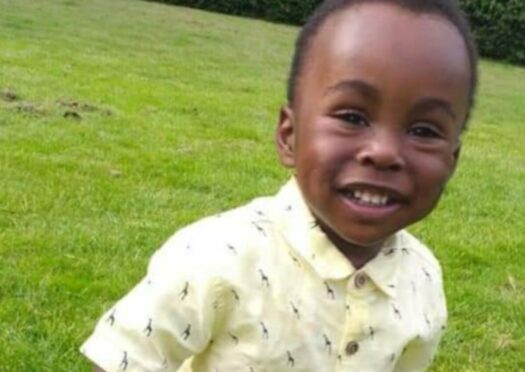
An unacceptable tragedy. That’s how Michael Gove described the death of two-year-old Awaab Ishak, who lost his life in 2020 to a respiratory condition caused by prolonged exposure to toxic mould.
The toddler’s father, Faisal Abdullah, had complained repeatedly to Rochdale Boroughwide Housing (RBH) about the black mould that had colonised his family home but no action was taken to eradicate it. The spores multiplied. The coughing fits intensified. Awaab died from cardiac arrest before he’d even had a chance to live.
Unacceptable tragedy? Well, yes, but know this Mr Gove, as you rush to point the finger at RBH and its chief executive – sacked yesterday after refusing to resign – you and your government can share both the blame and the shame. Your unfeeling, out-of-touch, steeped-in-privilege government is as responsible for Awaab Ishak’s death as the housing association that did nothing to prevent it.
“Awaab’s death does make painfully clear why we must do everything we can to better protect tenants,” said Gove while Joanne Kearsley, the senior coroner for the District of Manchester North, called Awaab’s death a “defining moment” for the housing sector.
Has everyone in authority forgotten we already experienced a painfully clear defining moment five years ago when 72 people, 18 of whom were children, died in the horrific Grenfell Tower fire? Wasn’t that enough of a wake-up call as to the state of social housing in this country?
But the Conservatives are not too interested in looking after people who can’t afford to buy their own homes. Over the past 12 years the party has decimated council budgets, deregulated (and privatised) social housing and denied protection to renters. About one in four Conservative MPs is a landlord with a vested interest in keeping council house availability – and standards – low, and private rents high. Scotland isn’t doing much better. Though the Scottish Government has at least imposed a rent freeze, not enough has been done to tackle the chronic housing shortage. More than 230,000 people are on waiting lists for social rented accommodation. And there are few signs of lessons learned post-Grenfell, as illustrated by the painfully slow progress made in auditing flammable cladding in Scotland, never mind removing it.
The situation is only going to get worse after Jeremy Hunt’s autumn budget. Tax hikes, energy bill increases, the biggest fall in living standards since records began. How many homes will be plagued by chronic damp and mould because people are petrified to turn the heating on? How many will suffer ill health as a result? How many will die?
It hardly needs said that while low-income households are left with no option but to cut back on necessities – heat, food, transport – and risk their lives in the process, the wealthy are making no such sacrifices.
We now live in a country with the second-highest wealth gap in the G7; only the United States has a larger chasm between rich and poor. Rishi Sunak, with his reported net worth of £730 million, is the richest ever occupant of No 10 Downing Street. And, in the same week we were told the UK has fallen into the pit of recession, the company behind Dom Perignon revealed it is running low on premium champagnes because the uber-wealthy are spending big on luxury goods.
The pandemic has exacerbated inequalities between haves and have-nots and so, in one of the world’s richest countries, we witness the atrocity of death like Awaab’s.
His death certificate won’t say so but we should recognise this little boy was killed by the same thing that claimed all the lives at Grenfell: a contemptuous lack of care and respect from the state towards its poorest citizens.
Natasha Radmehr is a journalist and commentator

Enjoy the convenience of having The Sunday Post delivered as a digital ePaper straight to your smartphone, tablet or computer.
Subscribe for only £5.49 a month and enjoy all the benefits of the printed paper as a digital replica.
Subscribe